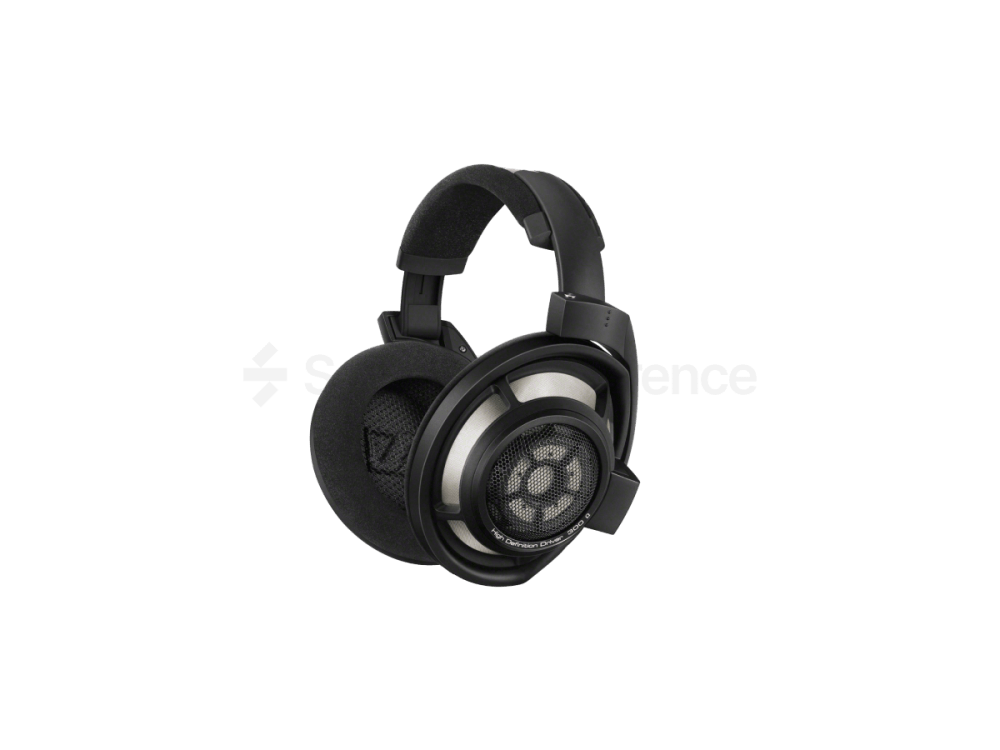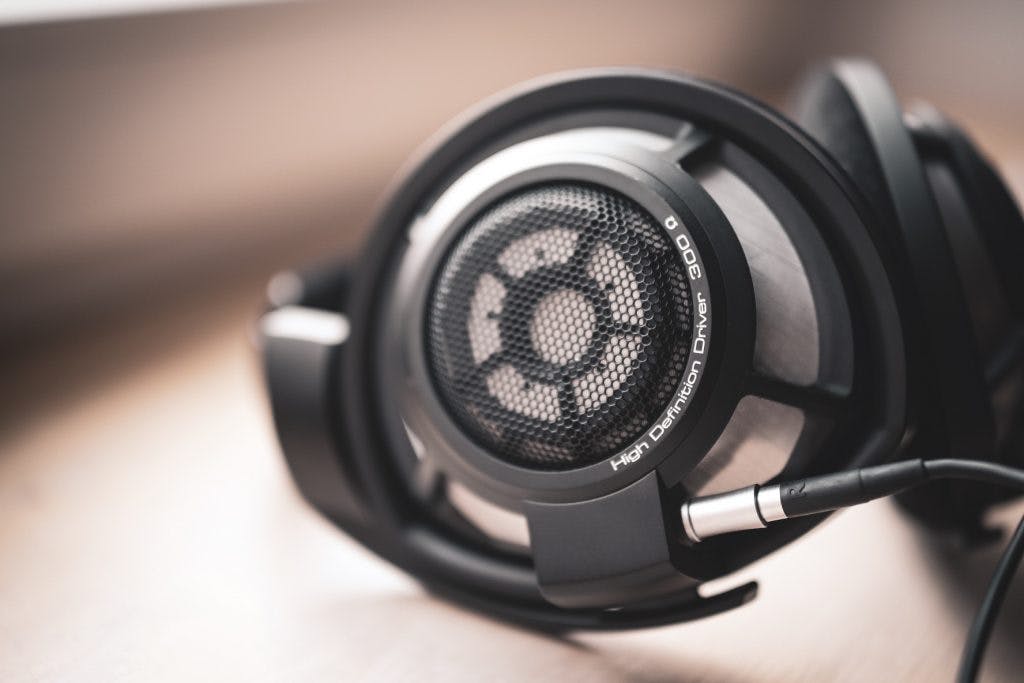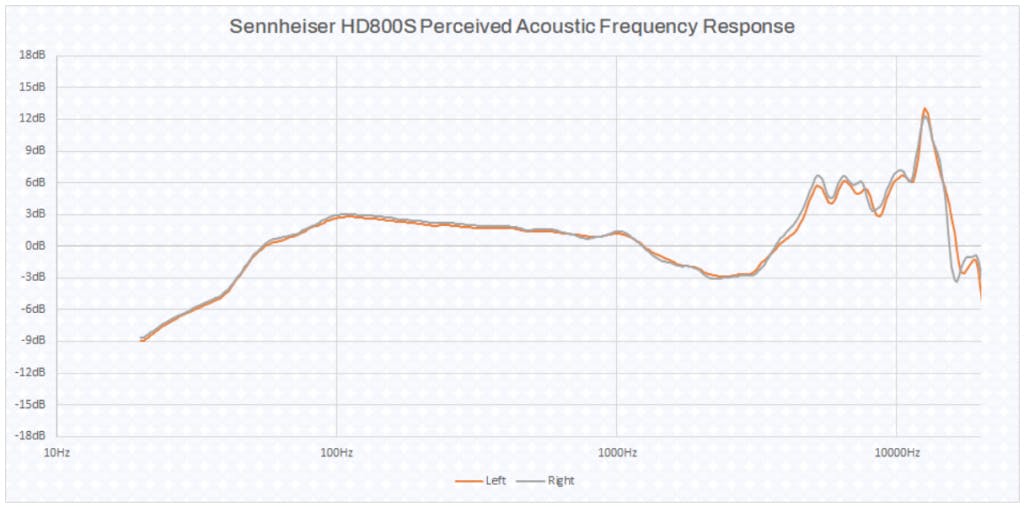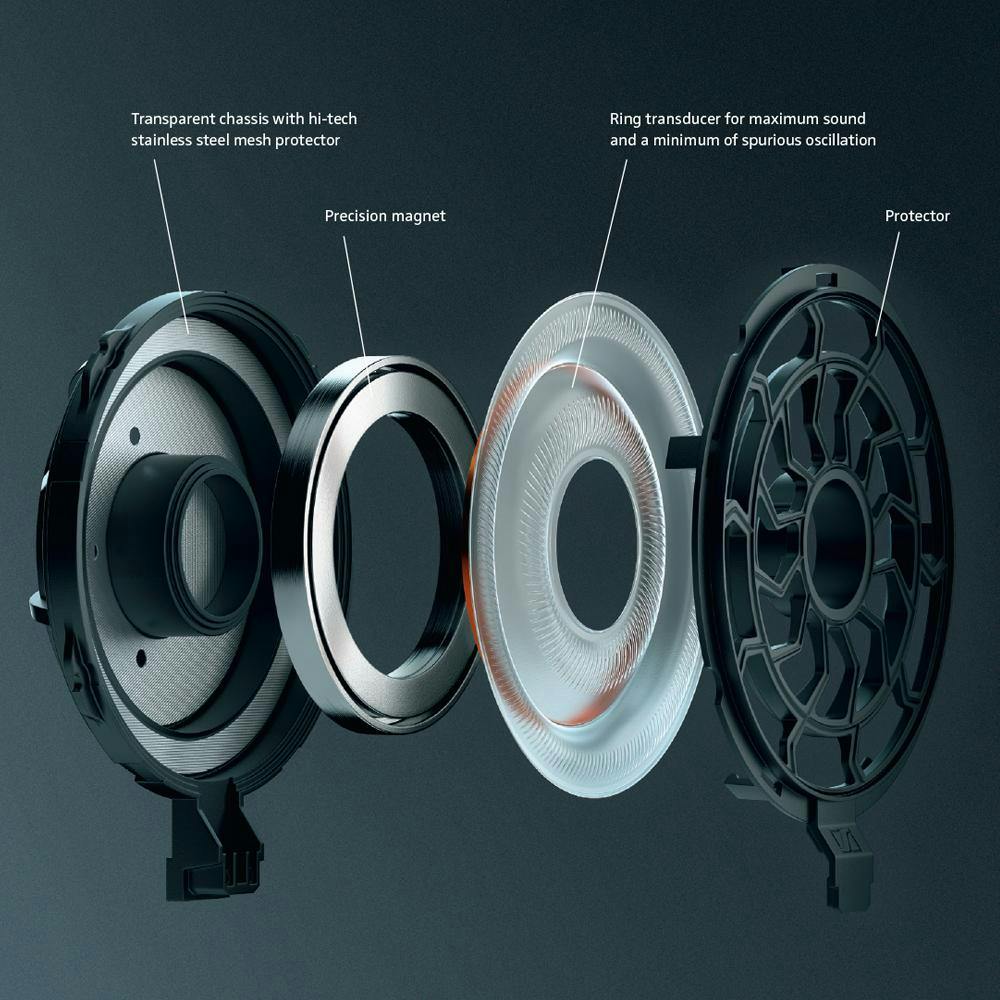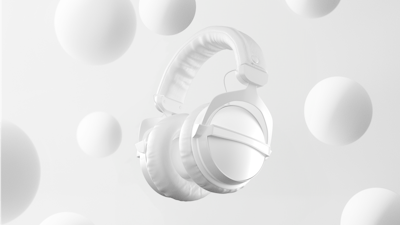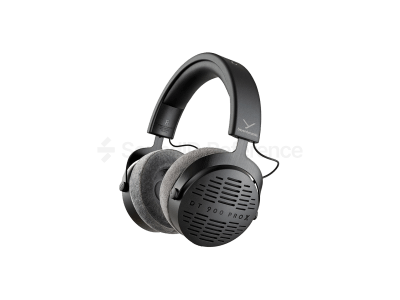“Crafted for perfection” – was the mission statement of the venerable Sennheiser HD 800, so is there something left for HD 800 S or does the “S” stand for “same”? Read on to find out whether you, the engineer get something worthwhile for entering the realm of hi-end headphones.
- Extremely high resolution
- Superb imaging for a headphone in a truly luxury feeling package
Pros list with SoundID Reference calibration
- The HD 800 S retains its superb resolution and imaging even after flattening its frequency response
- Brightness is gone
- Sub-bass completes the picture
- Highs are super hyped
- Sub-bass roll-off not excusable in this price class
- Sub-bass will distort at a higher volume
- Bass heads should look at orthos
If the 300 Ohm impedance isn’t enough of an indication that portable devices and laptop headphone outputs are out of the question, then the €1400 price tag should be! In all honesty, for medium SPL’s a laptop output should be okay, but a dedicated high-quality audio interface or DAC+amp combo is what you should be using to get the best of these headphones.
The HD 800 S is built well and in my opinion, improves upon the space-age aesthetic of its predecessor. The original HD 800 was plagued by paint flaking issues, which seem to be absent from the HD 800 S. Overall the build quality is solid without any glaring weaknesses, with that said one should probably babysit the HD 800 S a little, so they maintain their sharp looks for a longer time. The cable is removable and sturdy enough to not break under normal use. With that said, Sennheiser has opted for proprietary connectors on the headphone side, so crafting your own cable might not be that easy, as these connectors are pricy.
Just like its predecessor the HD 800 S uses a 56mm dynamic driver. Unlike the majority of dynamic headphones, the HD 800 S uses a ring radiator which means that the middle of the driver doesn’t move as it’s suspended to a fixture piece. Sennheiser claims that this allows for the headphone to transmit soundwaves in a more correct manner. I can’t tell whether that’s what’s really happening, but the HD 800 S does sound special. In stock form, the tonal response is rather bright with upper mids and up being roughly 6dB louder than the rest of the spectrum. Around 14kHz there’s a pronounced spike in the tonal response, which adds unnatural sparkle to the sound. Now, despite using a 56mm driver, the low-end response isn’t better than found in most open-back headphones with regular 40mm drivers. This is due to the fact that the stationary middle piece takes away the moving area so the diameter doesn’t tell the whole story. Overall the exotic ring radiator offers impressive imaging, not found in other headphones, superb resolution, but excessive brightness remains the tar drop in the honey pot. The bright sound signature will exaggerate overtones and will keep you from getting that snare right.
Sennheiser is an expert in providing well-matched drivers for almost all of their headphones. The HD 800 S is no exception. There is a minuscule difference in the treble, but nothing to keep one up at night, as the difference is largely inaudible.
Sennheiser HD 800 S feels like your wearing nothing. The headband is supremely comfortable and the giant earcups exert very little pressure. This is top-notch comfort and allows the HD 800 S to be worn for long periods of time. The earcups are well ventilated, so your ears won’t get too hot. One thing to keep in mind is that the light clamp will do little to keep the HD 800 S on your head, so headbanging should be done with care.
As mentioned above, the 56mm driver isn’t a bass monster. Distortion is predominantly 2nd order, hence inoffensive, and only creeps into audibility at around 60 Hz.
How accurate and consistent is the correction effect among different listeners?The earcups are positively enormous, so there’s a lot of wiggle space where one can park their ears. Luckily the frequency response doesn’t shift too much because of this, so high marks there.
How much do they differ pair to pair in terms of frequency response?As it’s usual with Sennheiser, the consistency is exceptional. As seen in one factory tour video, Sennheiser proudly admits that they discard many drivers to get the HD 800 right. The same is done for the newer HD 800 S and it shows.
Rating
Conclusion
The HD 800 S retains its superb resolution and imaging even after flattening its frequency response. Brightness is gone and the sub-bass completes the picture. The sub-bass will distort at a higher volume, bass heads should look at orthos.
Final Rating
Calibration Enabled
Calibration
